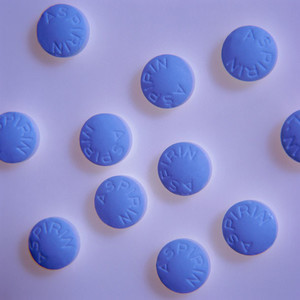Is the development of biosimilar monoclonal antibodies (mAbs) possible in Europe? This was the question broached in a paper by Dr Christian Schneider – Chairman of both the Committee for Advanced Therapies and Biosimilar Medicinal Products Working Party and Co-opted member of the Committee for Medicinal Products for Human Use.
Dr Schneider and Dr Kalinke argued that given the high costs for development of novel mAbs and the imminent expiration of patents for some innovator mAbs, they are becoming an attractive target for development of a biosimilar.
MAbs are high molecular weight proteins (~150 kDa), with highly complex secondary and tertiary structures, subject to post-translational modifications, such as glycosylation.
Although complex, mAbs have the advantage that extensive experience has been gained over the past decade. Indeed, currently licensed antibodies are directed against more than a dozen different targets.
The questions remain, however, stated Dr Schneider and Dr Kalinke, as to whether current European rules allow development of a biosimilar mAb, whether current technology enables the demonstration of similarity and whether it is feasible to develop a mAb as a ‘true’ biosimilar?
Methods for physicochemical characterisation have become increasingly sensitive; with methods such as capillary electrophoresis with laser-induced fluorescence detection, mass spectrometry techniques and nuclear magnetic resonance now available. Combinations of such state-of-the-art technology, may allow further characterisation of complex mAb structures.
Licensed mAbs usually have a well-established safety and efficacy profile in known target indications. Besides publication in scientific journals, detailed information on licensed mAbs is available from the EMA in their European Public Assessment Reports. For some mAbs a considerable amount of post-marketing safety data is also available, which could support a reduced development programme for a biosimilar.
The authors concluded that although the future for biosimilar mAbs looks promising the design of a clinical development programme for a biosimilar mAb seems set to be a challenge.
(see also Will the EU biosimilars pathway be applicable to monoclonal antibodies?, Licensing of biosimilars in Europe and Challenges in the development of biosimilars mAbs)
References:
Schneider CK, Kalinke U.Toward biosimilar monoclonal antibodies. Nat Biotechnol. 2008;26(9):985-90
Carter PJ.Potent antibody therapeutics by design. Nat Rev Immunol. 2006;6(5):343–57
Reichert JM, et al. Monoclonal antibody successes in the clinic. Nat Biotechnol. 2005;23:1073–8
Hu S, Dovichi NJ. Capillary electrophoresis for the analysis of biopolymers. Anal Chem. 2002;74(12):2833–50
López Garcia F, et al. NMR structure of the bovine prion protein. Proc Natl Acad Sci USA. 2000;97(15):8334–9
EMA, EPARs for authorised medicinal products for human use [page on the Internet]. London, UK: EMA; c1995-2010 [updated 2010 March 5; cited 2010 June 22]








 0
0











Post your comment